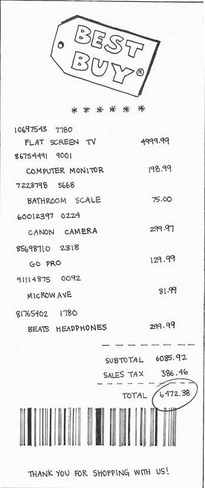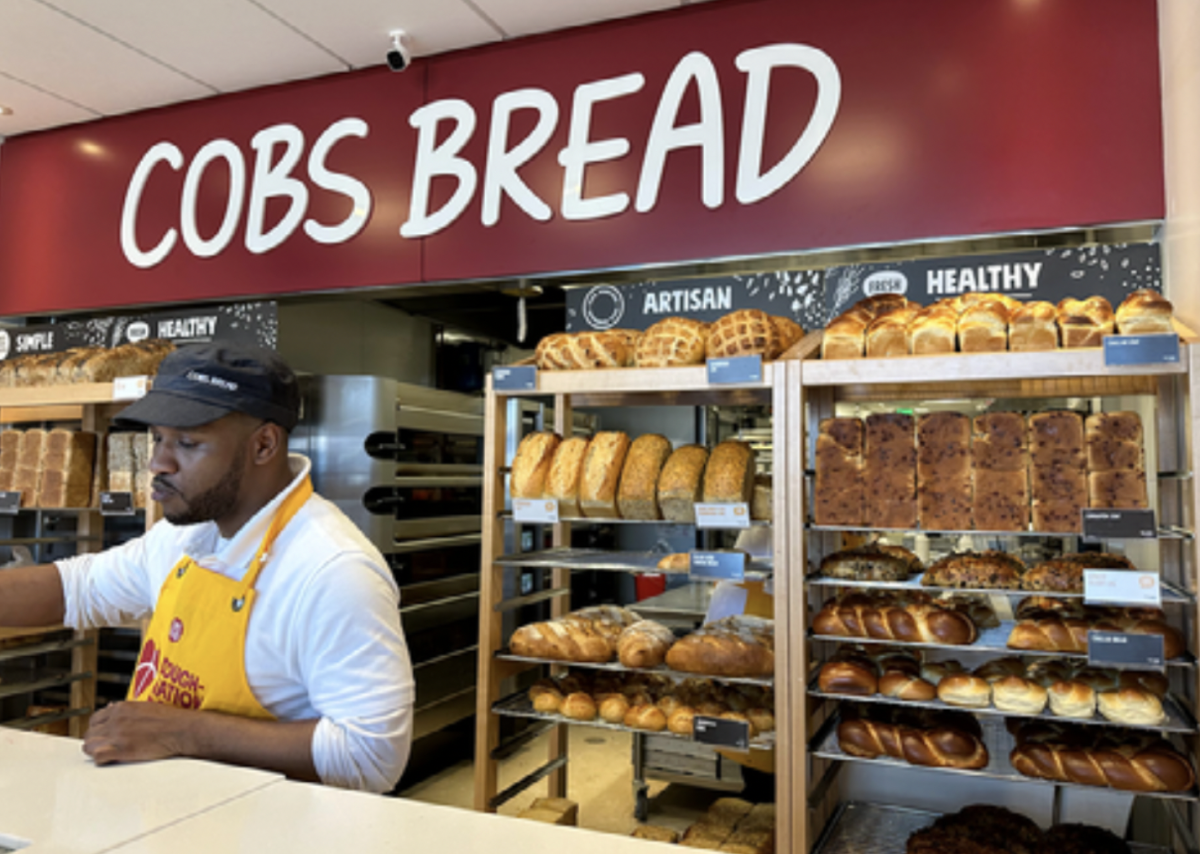Sweet deals come with bitter regrets

I bend down to double-knot my laces. Scratch that—I go straight for the triple-knot. I fill my CamelBak HydroTanium water bottle to the brim—I’m going to need to stay hydrated. I hoist my premium, insulated, water-resistant North Face backpack over my shoulder—it contains all the basic survival gear I will need.
The weeks of preparation—of timed practice drills and upper-arm strength resistance training—have led up to this moment.
It’s Black Friday, and I’m ready to score major deals.
Nevermind that it’s four in the morning. Nevermind that the man next to me just forcefully elbowed me in the ribs. There’s nowhere else I would rather be on this glorious morning.
Oh, wait, there is: in bed.
In fact, I’m still in bed, sleeping. When I wake up, I will have a leisurely morning—I’ll whip up some pancakes, brew myself a cup of coffee, maybe even catch up on my Netflix shows. The point being, I’ll be as far away as possible from the hysteria of adrenaline-induced shoppers.
Don’t get me wrong—there’s nothing I love more than a great bargain. But no half-priced scented candle or buy-one-get-one-free T-shirt is worth the mental anguish and physical injuries.
However, despite Black Friday shoppers’ reputation of wreaking havoc, you can rest assured knowing that, according to “Time Magazine,” last Black Friday was the “calmest” in years—with only one death and 15 injuries.
Only one death. What a relief.
But, a closer look at the data is slightly more frightening. “BlackFridayDeathCount,” a site which tracks all deaths and injuries attributed to Black Friday, reports the trampling of an 11-year-old girl outside of a Walmart in Ohio.
I admit, a trip to the hospital is an extreme—most Black Friday shoppers remain relatively safe in their struggle for sweet deals. Yet, just how “sweet” are these deals?
According to “The Market Watch,” a site following marketing trends, most stores use retail tricks to fool customers into spending more than planned. Even those who believe they have never fallen victim to these underhanded tactics actually have at some point or another.
The site says retailers “turn deal-hunting into a treasure hunt,” and in turn offer customers complimentary reusable bags to carry all the great deals they snag. According to “The Market Watch,” these store-offered bags “create a void that needs to be filled, encouraging customers to buy more than they need.”
Noelle Adler ’15, when Black Friday shopping last year, observed that shoppers even bring their own bags—essentially doing the retailers’ job for them. “It was funny to see that lots of people brought suitcases to carry everything they bought around the mall,” Adler said.
It’s all part of business strategy. Stores force shoppers to walk past 500 items they don’t need before arriving at the one item they came there for. They offer customers convenient rest areas, which are not-so-coincidentally placed near products the store hopes to unload. They place similar merchandise beside each other—one cheaper than the other—so customers believe they’re saving money by choosing the better deal.
So, if you ask me, the best way to save money on Black Friday is to not spend it all.

Daniela Karpenos ’15, a dedicated member to Inklings, is not just an important part of the paper, but she is also very educated in the field of psychology....


















































